Do you all remember when Apple got heavily sanctioned by the European Union?
It’s because Apple had been monopolizing the App Store for a long time, and as a result, they got hit hard by the EU’s Digital Markets Act.
With no other choice, Apple officially announced this year that European users can now download apps from third-party app stores, and developers can also offer their apps on third-party app stores.
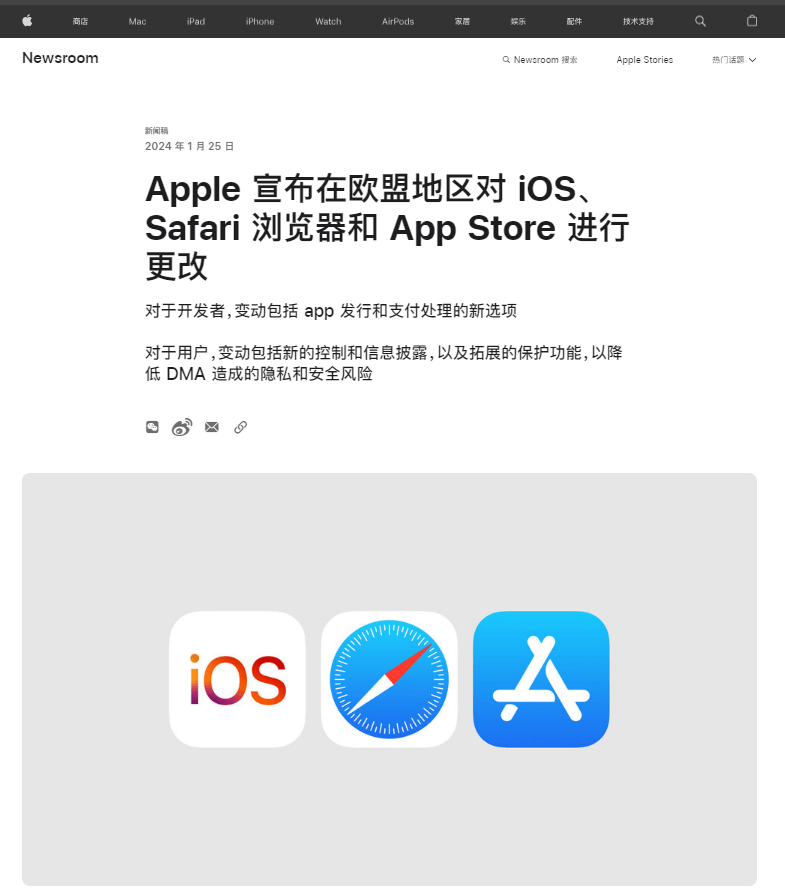
Apple barely loosened its grip when a third-party app store named AltStore PAL went online.
And this is also Apple’s first third-party app store…
Just two days after its launch, it offered the Nintendo game emulator Delta, which has been trending on the App Store, and another clipboard manager called Clip.

But there are quite a few restrictions to using AltStore PAL right now, such as having to update to iOS 17.4, and it’s limited to the European Union region only.
However, AltStore PAL has already faced criticism shortly after its launch. Some say they can’t reinstall apps after uninstalling them, and some developers find the whole process too complicated. But mostly, people are outraged because it’s not free.
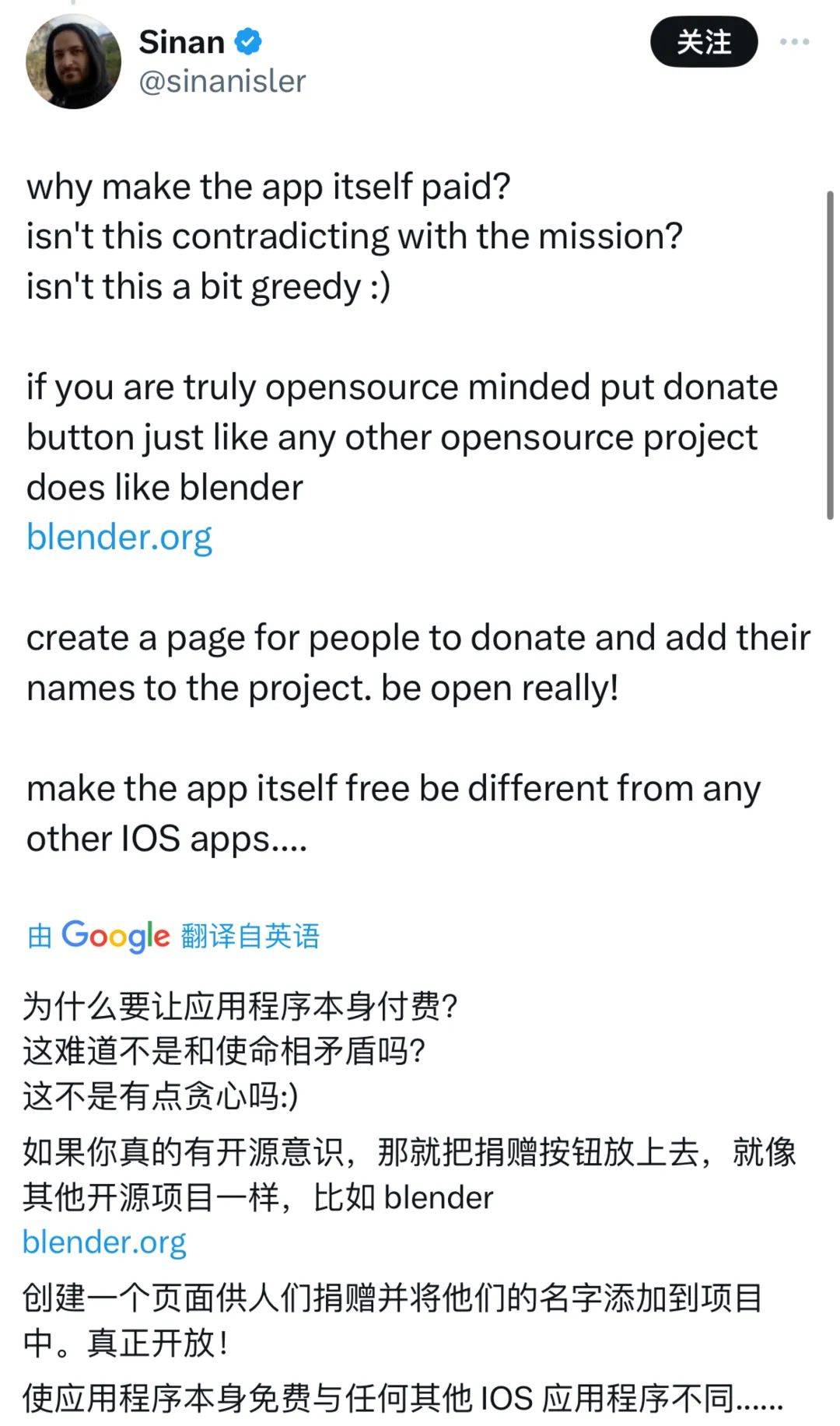
Yes, you read that right, this third-party app store charges 1.5 euros per year.
Anyway, because of these issues, AltStore PAL is also facing controversy in the European Union region. Although it’s not usable for the time being, I went to check it out to see what’s going on.
Let’s talk about the apps. Currently, there are only the two mentioned earlier, but according to the official statement, more apps will appear in the future if restrictions are lifted.
Because unlike the centralized management of the App Store, all applications on AltStore PAL are self-hosted.
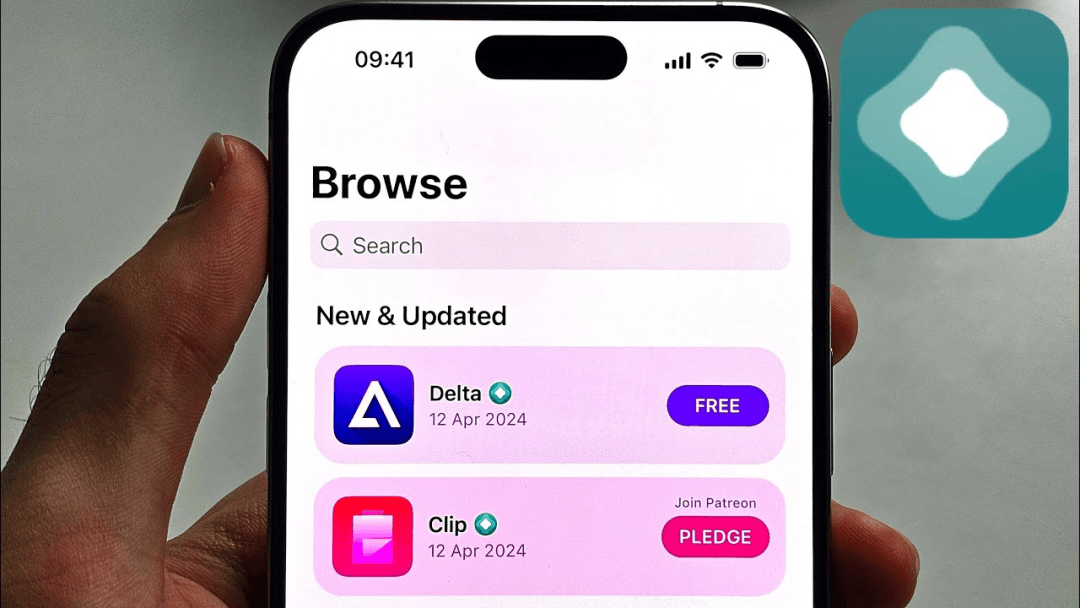
What does that mean?
Let’s take a look at the entire distribution process of applications on AltStore PAL, and it’ll become clear.
Simply put, distribution means developers have to deliver the app to users through AltStore PAL.
Before entering AltStore PAL, developers need to upload the application to Apple’s notarization service, which is like passing through security check to see if there’s any malicious code or privacy infringement.
After passing the security check, developers will receive an Apple-certified “Alternate Distribution Package” (ADP) and upload it to their own server. The ADP file is a specially processed form of the app, specifically prepared for distribution on AltStore PAL.
However, before officially distributing the app, developers also need to create a JSON source file containing basic information about the application, such as its name, version, description, and so on.
This “source” can be said to be the core of the AltStore PAL app store. Developers upload the “source” for users to download the app, and users also need to add the “source” to download the application.
So the final step, developers need to upload the source file to a dedicated public website of AltStore PAL for users to find.
It’s very similar to the decentralized form of the Hugging Face open-source community, except one distributes applications, and the other distributes models and code.
In this way, developers have more control over the application, deciding what to upload and when to update.
And for users, adding the source file to AltStore PAL allows them to download the app.

So AltStore PAL doesn’t actually look like an app store, but more like a sideloading tool that provides paths for downloading third-party applications, or a resource community collecting various apps.
Finding the Hub for Unlisted Apps
For applications unable to make it to the App Store due to various reasons, this platform serves as their sanctuary.
Take for instance an app called OldOS, which restores the appearance and functionality of iOS 4. However, it got banned by Apple’s App Review Guidelines for being “too similar in appearance and function to existing Apple products, interfaces, or applications.”
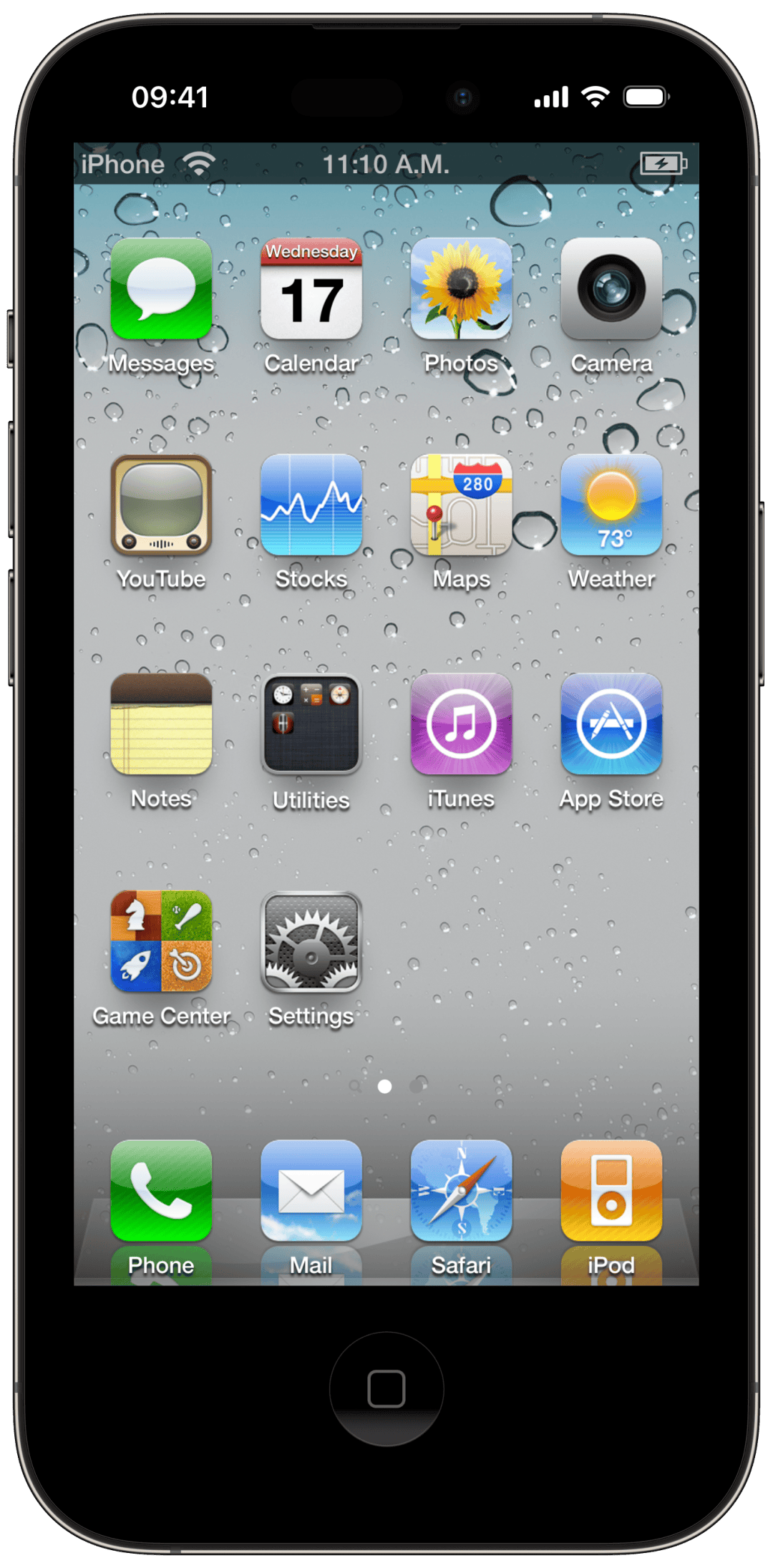
Furthermore, developers can upload apps to AltStore PAL free of charge, without any official fees. AltStore PAL even assists developers in earning.
This involves collaborating with a crowdfunding platform called Patreon, allowing Patreon members to donate to developers.
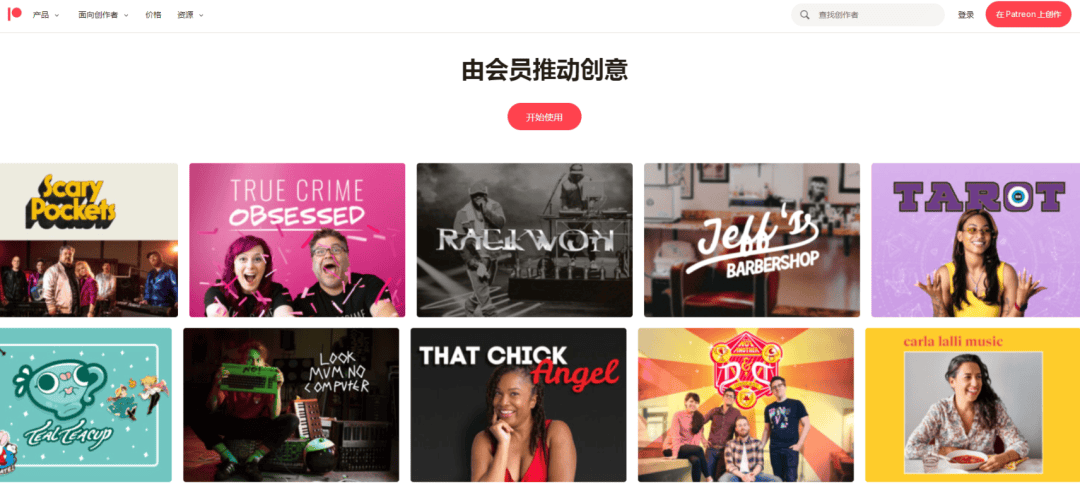
In essence, developers offer apps to fans (subscribers), and can even unlock different applications based on various Patreon membership levels. Fans pay for what they love, and developers create high-quality or exclusive apps based on demand, forming a virtuous cycle.
According to official statements, this business model has been validated by their team; the previous Delta survived thanks to Patreon support.
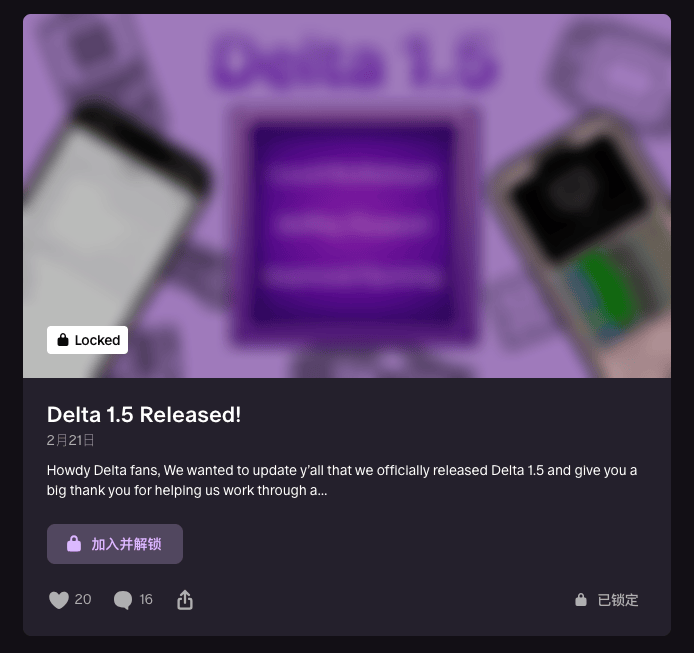
Moreover, none of the money donated through Patreon is taken by the officials; developers receive all of it.
To be honest, AltStore’s official regulations are indeed developer-friendly.
However, it’s worth noting that, although officials claim they don’t ask developers for money, as a commercial entity, they still need to make ends meet.
So, where does the money come from?
Of course, from the users.
As mentioned earlier, AltStore PAL charges users 1.5 euros annually. The official explanation is that since Apple demands core technology fees, this portion of the cost has to be shifted to users.
The so-called core technology fee is a new charge introduced in the European region when Apple was previously sanctioned.
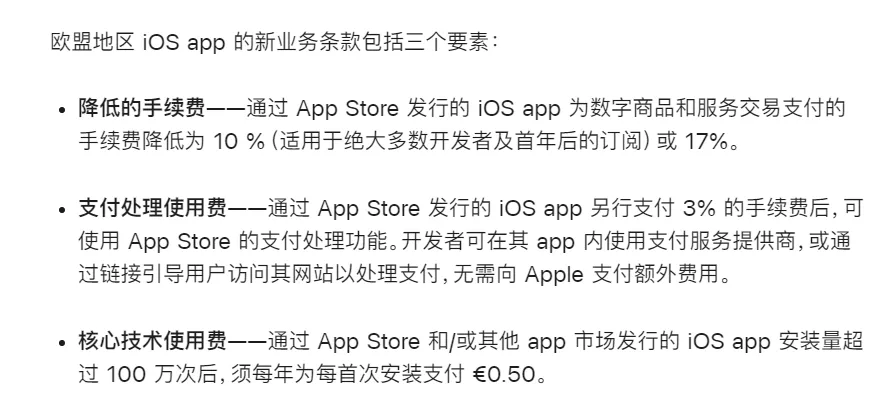
Whether downloading from the App Store or a third-party app store, if an iOS app exceeds 1 million installations, developers have to pay Apple 0.5 euros for each first-time installation thereafter.
Niche apps are not heavily affected, but for AltStore PAL itself, with millions of users now becoming mainstream, the number of installations is only increasing.
Thus, after extensive calculations, AltStore officials believe that charging users 1.5 euros per year is necessary to sustain their basic operations.

Of course, if users don’t want to pay this amount, they can still use older versions of AltStore, albeit with more hassle. Because it has certain system requirements and operational barriers, average users are reluctant to tinker with it.
So, whether the 1.5 euros are worth it and whether to pay or not is entirely up to the users. Instead of blaming AltStore officials, it might be better to criticize Apple.
But honestly, regardless of the controversies, AltStore PAL as the first legitimate third-party app store for Apple does carry some progressive significance.
Before this, there were indeed several third-party app stores for Apple, such as AppValley, Cydia, and so on, but they more or less circumvented Apple’s rules and were not officially recognized.

The AltStore PAL has shattered the high walls Apple has long established. Only when this closed application ecosystem gradually crumbles can more novel ideas be seen by everyone.
However, as far as I know, the opening up to third parties also brings some downsides.
For example, developers may place stripped-down versions of their apps in the App Store. After you download the full version from a third-party source, you may encounter a slew of ads and bloated features.
There are also some scams, some even manage to bypass the App Store’s review process, let alone third-party platforms.
So, Apple opening up to third-party app stores, we can only say it has its pros and cons.